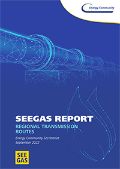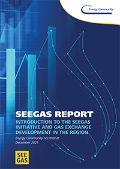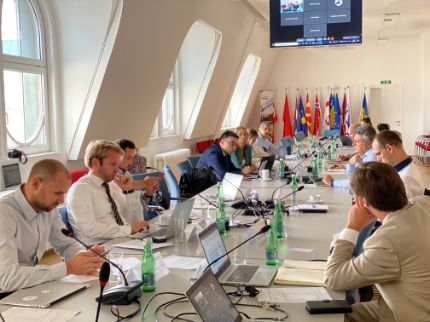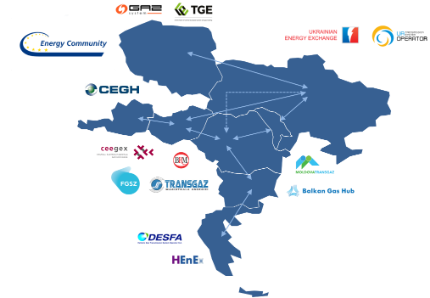The South-East European Gas Initiative (SEEGAS) was launched on 15 December 2020 as a joint project of ten EU countries and contracting parties of the region as a response to stakeholders’ increasing interest in establishing organized gas exchanges and improving cross-border trading. The aim of the initiative is to foster closer cooperation between gas exchanges and transmission system operatorss in the region for the development of natural gas cross-border trade in an open, liquid, and competitive market that would ultimately benefit end-consumers.
Recognizing the need for dialogue and cooperation well before the first signs of the current energy crisis, the SEEGAS initiative has acquired now a greater significance, as the region’s energy security is reliant on enhanced cooperation and coordination of gas exchanges. Through the initiative, the secretariat aims to increase the security of gas supply in the region and encourage closed markets to open up and diversify their supply of sources towards a better integrated regional market.
This page presents the main milestones, reports and discussions conducted in the context of the SEEGAS initiative, together with an in-depth country analysis of each SEEGAS participant country.
SEEGAS Reports
-
Report on Gas Exchange - Update
2023 SEEGAS REPORT - Initiative update and post-crisis development analysis

The 2023 report provides a general overview on how the gas crisis derived from the war on Ukraine impacted the exchange development on the SEEGAS Region. The initial chapter illustrates how SEEGAS members collectively reacted to the recent gas crisis through the establishment of Extraordinary Crisis Response meetings. Furthermore, special sections are dedicated to the description of the Regional Clearing Initiative between SEEGAS, EBRD and PONTON, as well as to the specific task force that the Energy Community dedicated through SEEGAS concerning the fulfilment of Ukrainian storages with EU gas. The second chapter outlines gas market and exchange developments during 2022 and 2023 in the SEEGAS participating countries: three Energy Community Contracting Parties (Georgia, Moldova and Ukraine), five EU Member States (Austria, Bulgaria, Greece, Hungary, Poland and Romania), one Observer Party to the Energy Community (Turkey) and Israel.
-
Report on Regional Transmission Routes
2022 SEEGAS Report on Regional Transmission Routes
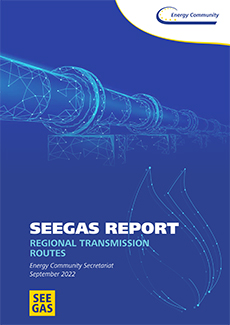
The 2022 Report was framed as an ad-hoc response to the gas crisis derived from the war on Ukraine and as an Secretariat's in-house initiative to provide practical information on import and transmission capacity availability in the region and recommend solutions to barriers causing bottlenecks and preventing further regional cooperation.
Report surveyed 10 national gas transmission system operators in Bulgaria, Croatia, Greece, Hungary, Moldova, North Macedonia, Poland, Romania, Turkey, Ukraine, 10 existing or prospective LNG terminal operators in Croatia, Greece, Poland, Turkey as well as the operators of the recently commissioned Trans-Anatolian Pipeline (TANAP) and Trans-Adriatic Pipeline, which together make up the Southern Gas Corridor. Respondents include operators in EU Member States and Energy Community Contracting Parties which have also expressed interest in joining the SEEGAS project.
-
Report on Gas Exchange
2021 SEEGAS Report on Gas Exchange
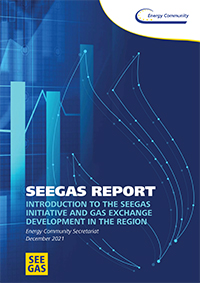
The report begins by providing an overview of the SEEGAS Initiative and summarizing its achievements to date. The second chapter outlines gas market and exchange developments in the SEEGAS participating countries, three Energy Community Contracting Parties (Georgia, Moldova and Ukraine), five EU Member States (Austria, Bulgaria, Greece, Hungary, Poland and Romania) and one Observer to the Energy Community (Turkey). All countries which are covered by this report are either in the process of establishing exchange traded gas markets or have such markets already in operation.

